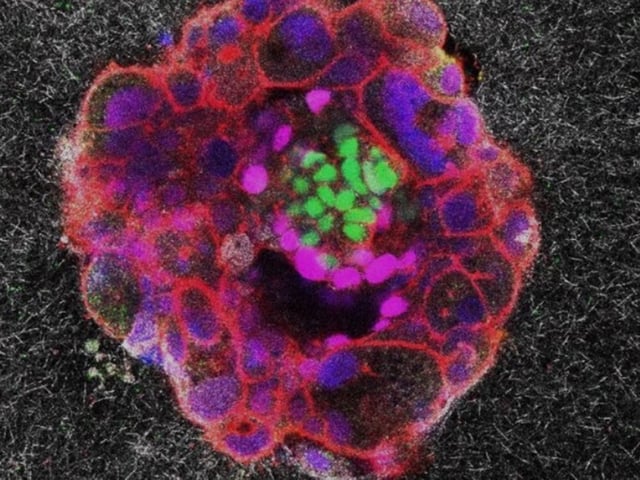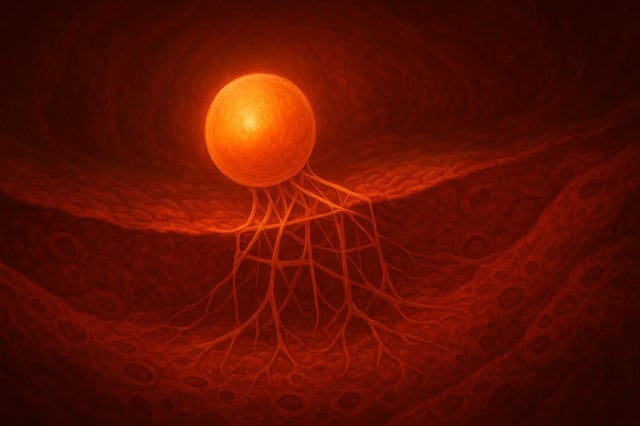Overview
- The team at IBEC and partner institutions built a 3D collagen-based gel that mimics uterine outer layers and recorded human blastocyst implantation via fluorescence microscopy.
- Researchers measured traction forces as embryos pulled on and reorganized the surrounding matrix to drive their own invasion.
- Parallel experiments with mouse embryos revealed contrasting mechanics, with human blastocysts actively penetrating tissue rather than adhering externally.
- Investigators propose that uterine contractions in vivo might influence these invasive forces and represent a testable target to boost implantation success.
- While offering a mechanistic breakthrough with IVF implications, the ex vivo model remains experimental and requires further validation before clinical use.


